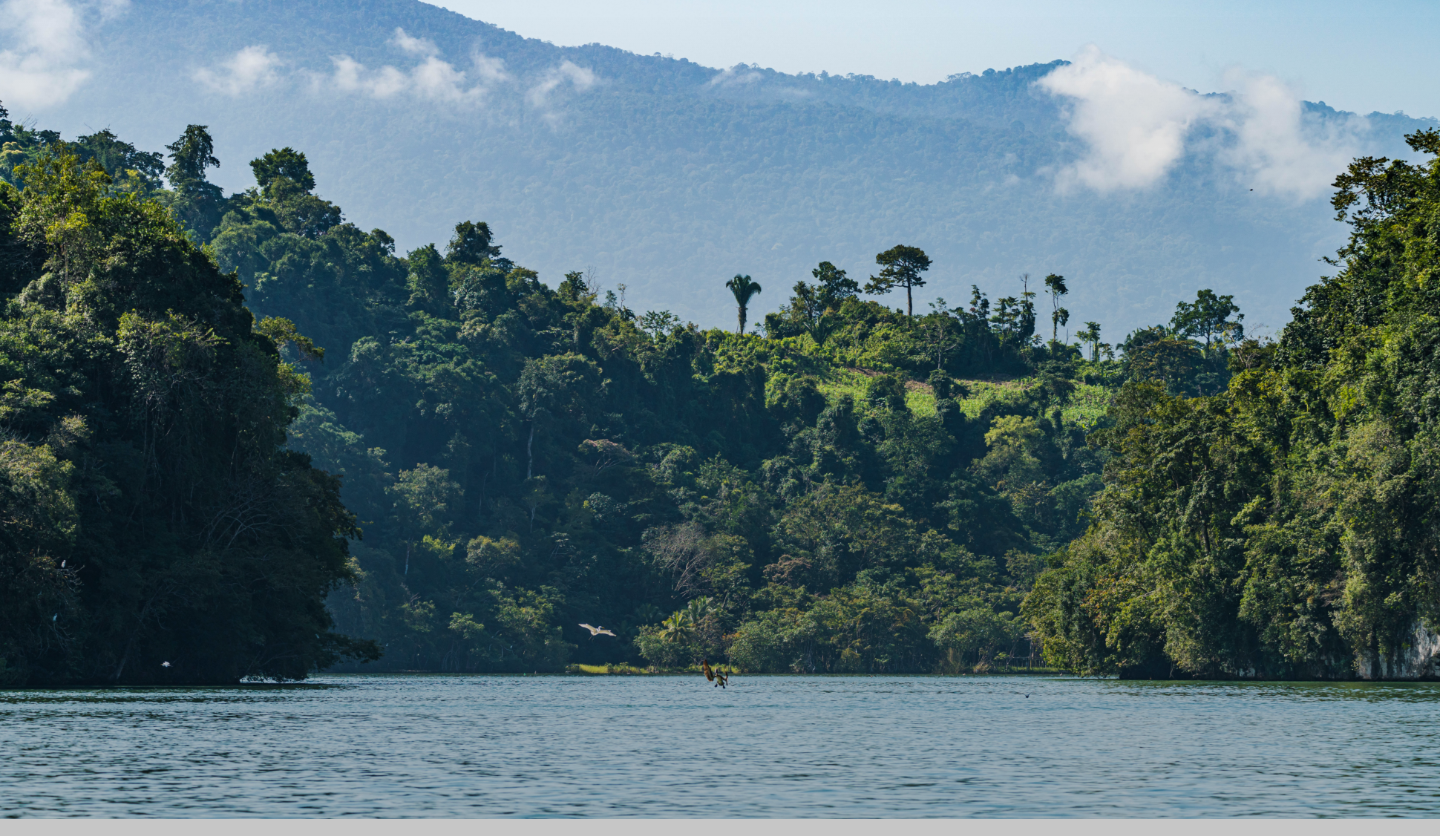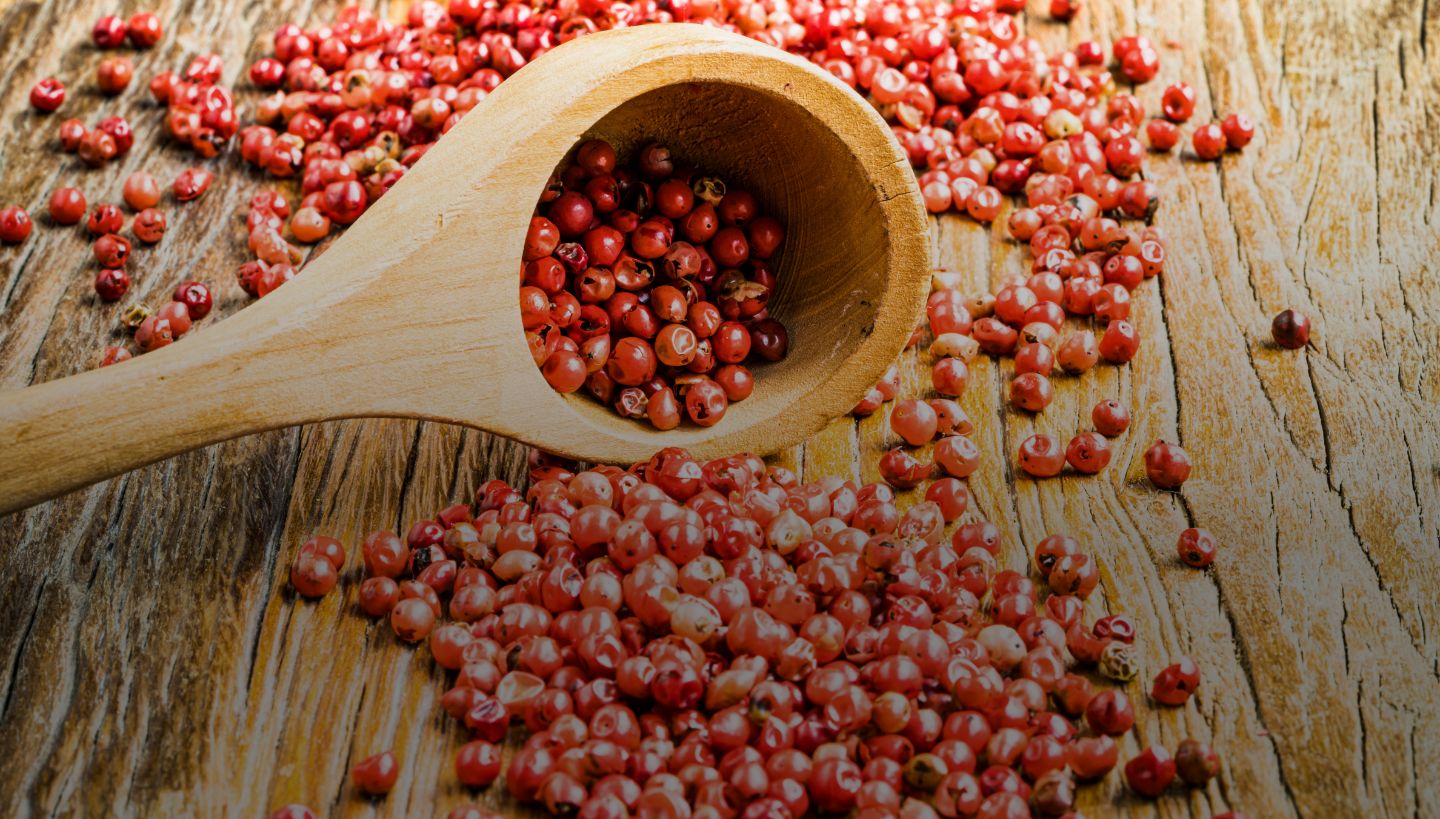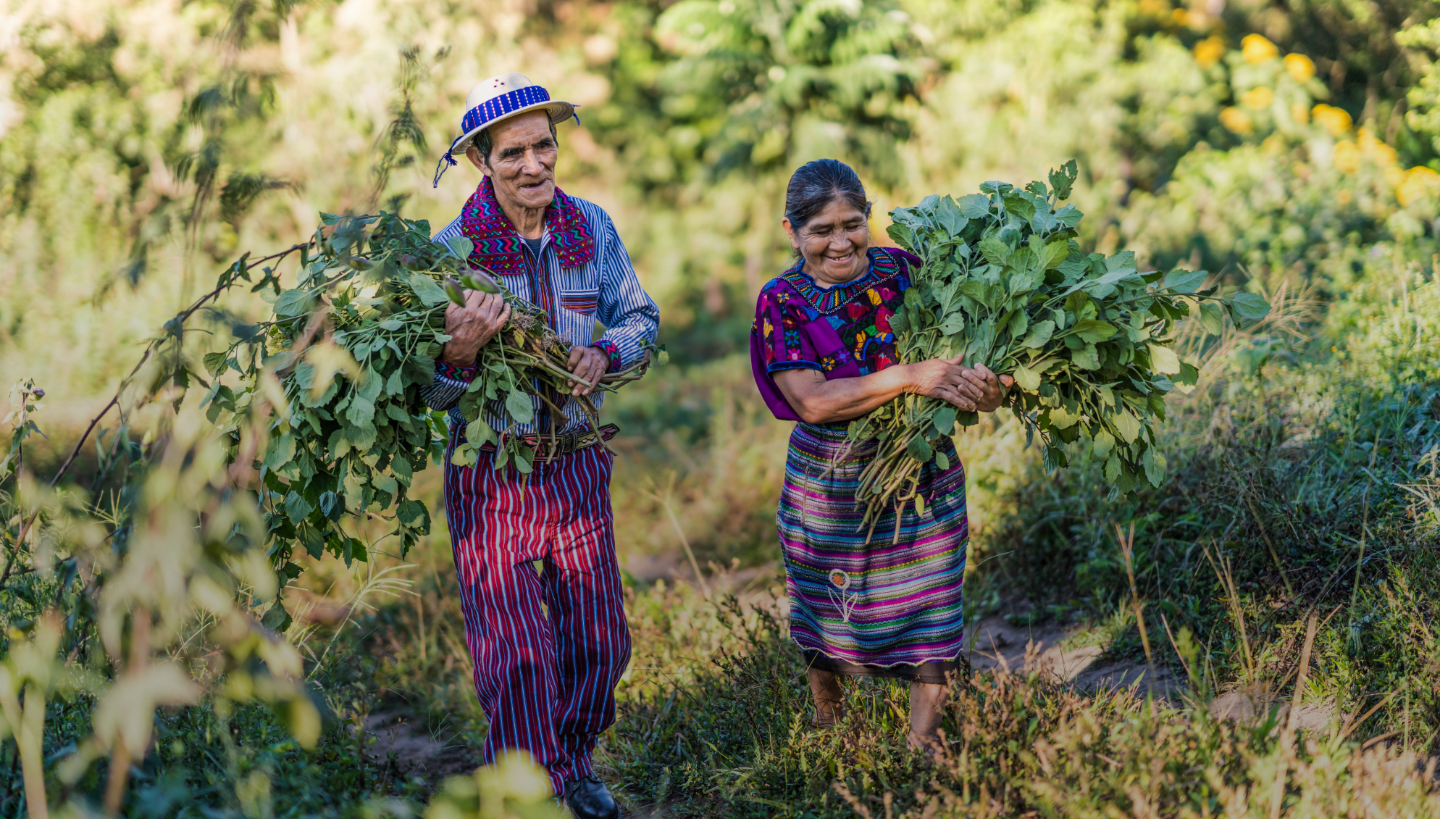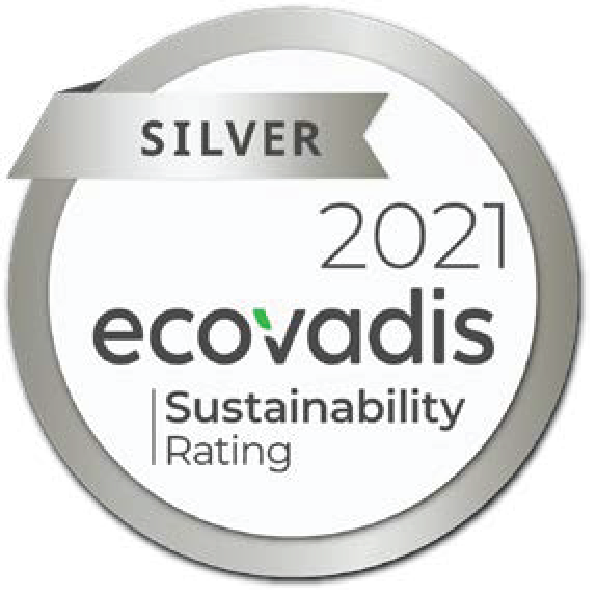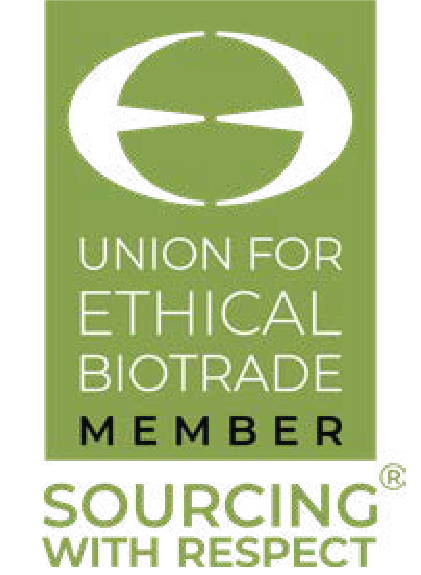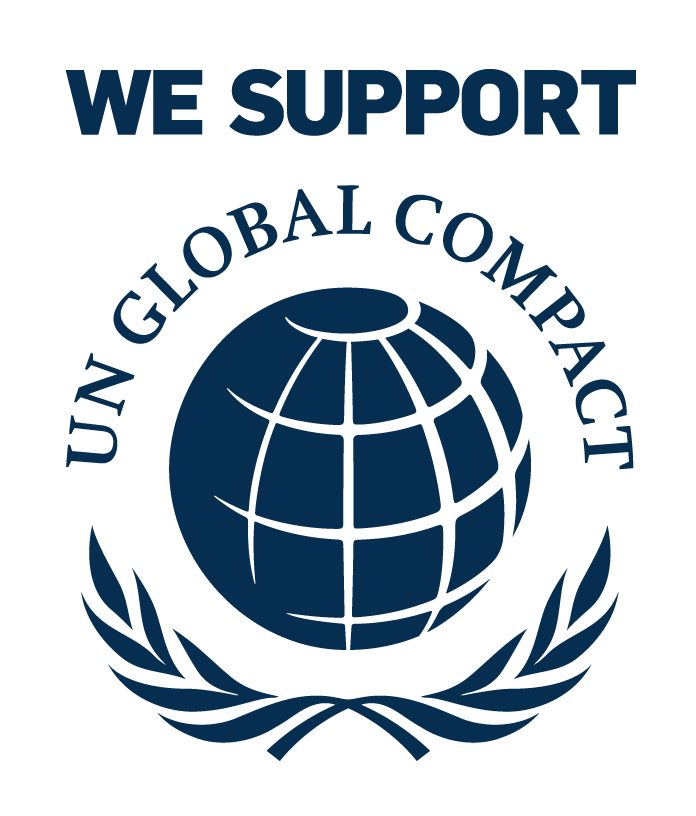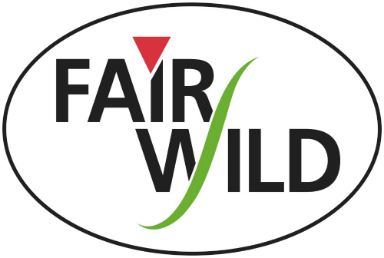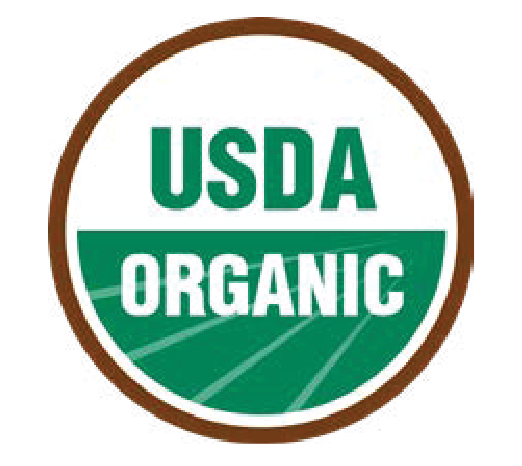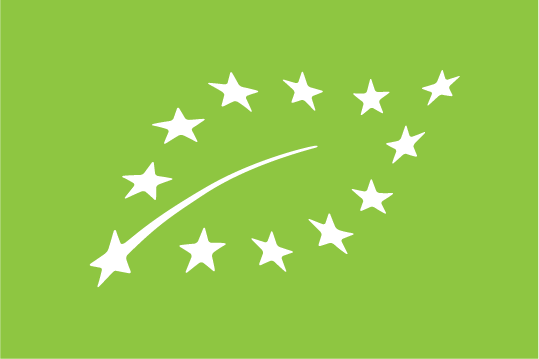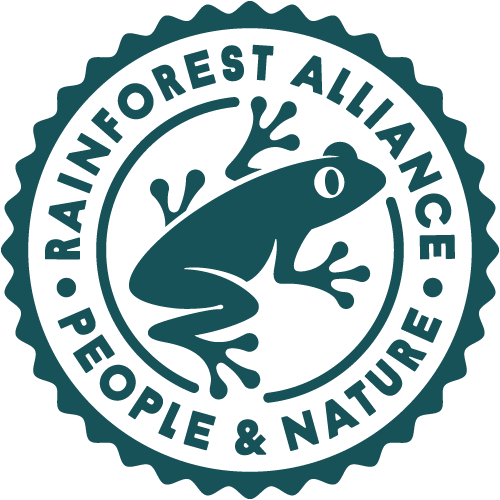ESSENTIAL OILS
EXTRACTS
HERBS AND SPICES
NELIXIA is a company base in Latin American that produces 100% natural ingredients such as Essential Oils, Concretes, Absolutes, Extracts and Spices. These ingredients are used in the perfumery, flavors, aromatherapy, teas & spices industries, among others.
At NELIXIA, in each step of the value chain of every raw material, we are committed to empowering and elevating producing communities. We promote regenerative agricultural practices and impact neutral production to provide consumers with the highest quality ethically sourced natural ingredients.
NELIXIA is invested by a mission: we want to give purpose to the whole value chain, from the producers to the consumers, while stating that purpose starts at the source!
At NELIXIA, in each step of the value chain of every raw material, we are committed to empowering and elevating producing communities. We promote regenerative agricultural practices and impact neutral production to provide consumers with the highest quality ethically sourced natural ingredients.
NELIXIA is invested by a mission: we want to give purpose to the whole value chain, from the producers to the consumers, while stating that purpose starts at the source!
Our products
Our commitments
0
%
Use 100% renewable energy at NELIXIA’s factories by 2020.
0
Conserve soils and biodiversity by transforming 70 hectares of Cardamom in Guatemala into agroforestry systems by 2023.
0
Start the path out of poverty with more than 200 of our producers in Guatemala, Paraguay, El Salvador and Honduras by 2023.
0
%
Implement our code of ethics to 100% of our raw material suppliers by 2022.
0
Establish sustainable forest management plans in more than 10,000 hectares in Paraguay, Honduras and El Salvador by 2022.
-
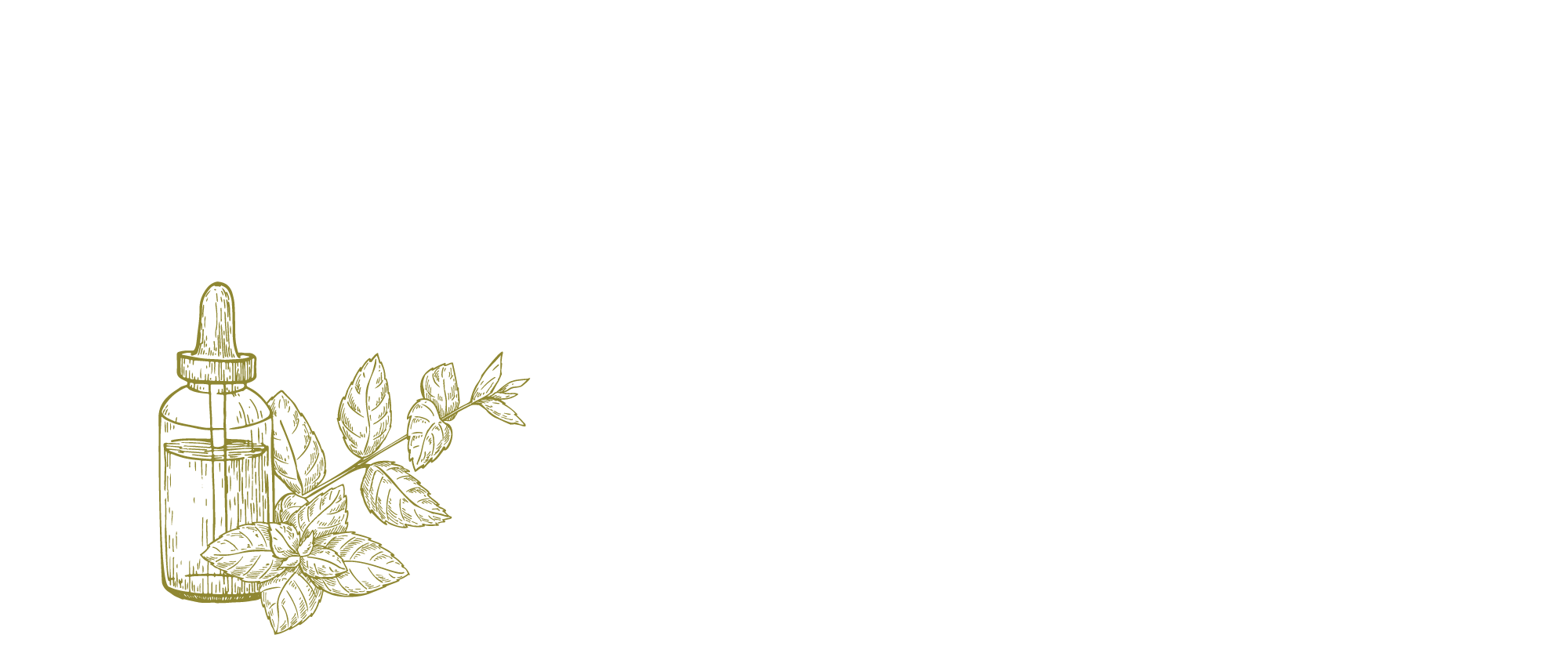
“Since 2008, NELIXIA company, producer of Essential Oils, supplies prestigious houses by promoting short and fair circuits.”
- LE PARISIEN -
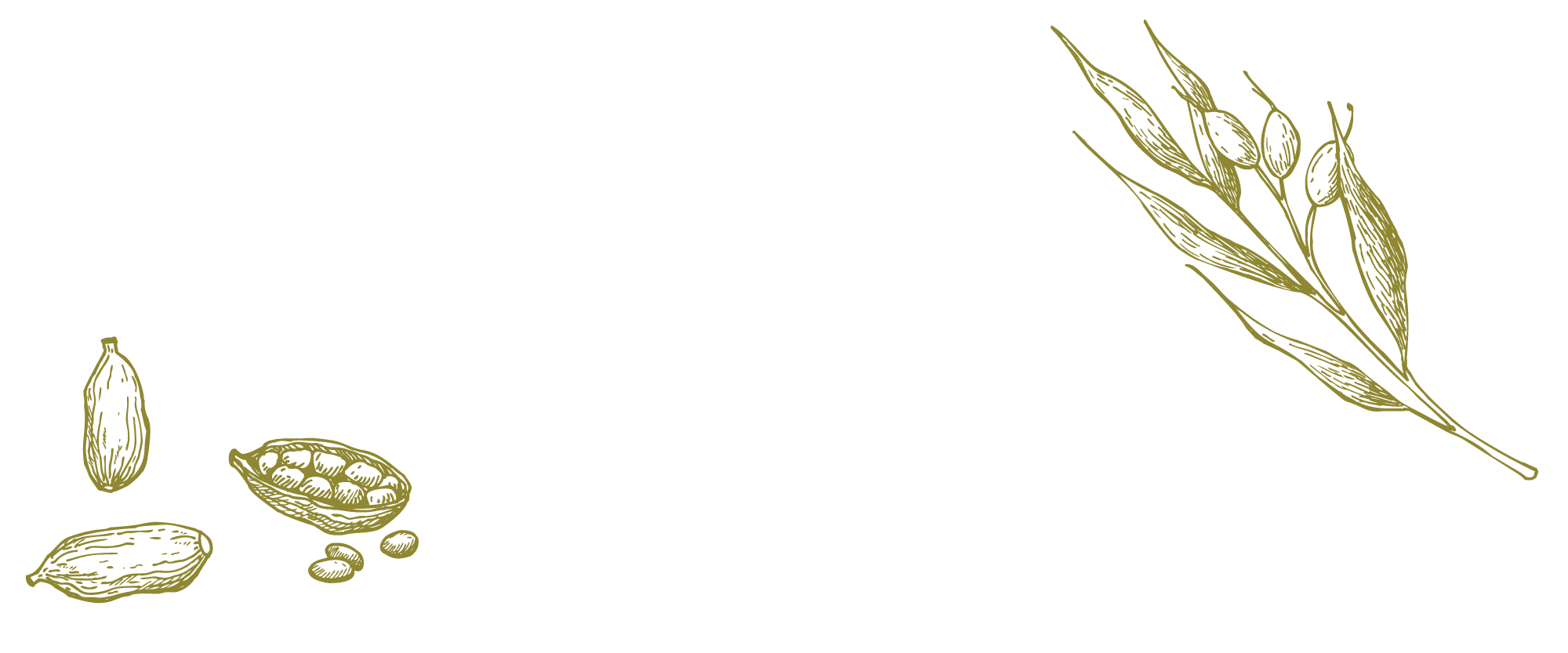
“Cardamom is this fresh, almost like a mint kind of effect, almost a little bit coniferous, eucalyptus-effect, like a laser-sharp freshness”
- FRANK VOELKL, PERFUMER -

“NELIXIA’s philosophy is to produce in a sustainable way, offering 100% traceable products, while respecting the producing communities and the environment.”
- LIVELIHOODS -

“Concerned about sustainable development, NELIXIA manufacturers biogas with its green waste and finances numerous actions in favor of communities”
- GALA
-

“Since 2008, NELIXIA company, producer of essential oils, supplies prestigious houses by promoting short and fair circuits.”
- LE PARISIEN -

“Cardamom is this fresh, almost like a mint kind of effect, almost a little bit coniferous, eucalyptus-effect, like a laser-sharp freshness”
- FRANK VOELKL, PERFUMER -

“NELIXIA’s philosophy is to produce in a sustainable way, offering 100% traceable products, while respecting the producing communities and the environment.”
- LIVELIHOODS -

“Concerned about sustainable development, NELIXIA manufacturers biogas with its green waste and finances numerous actions in favor of communities”
- GALA
Follow us on Instagram
This error message is only visible to WordPress admins
There has been a problem with your Instagram Feed.
info@nelixia.com


